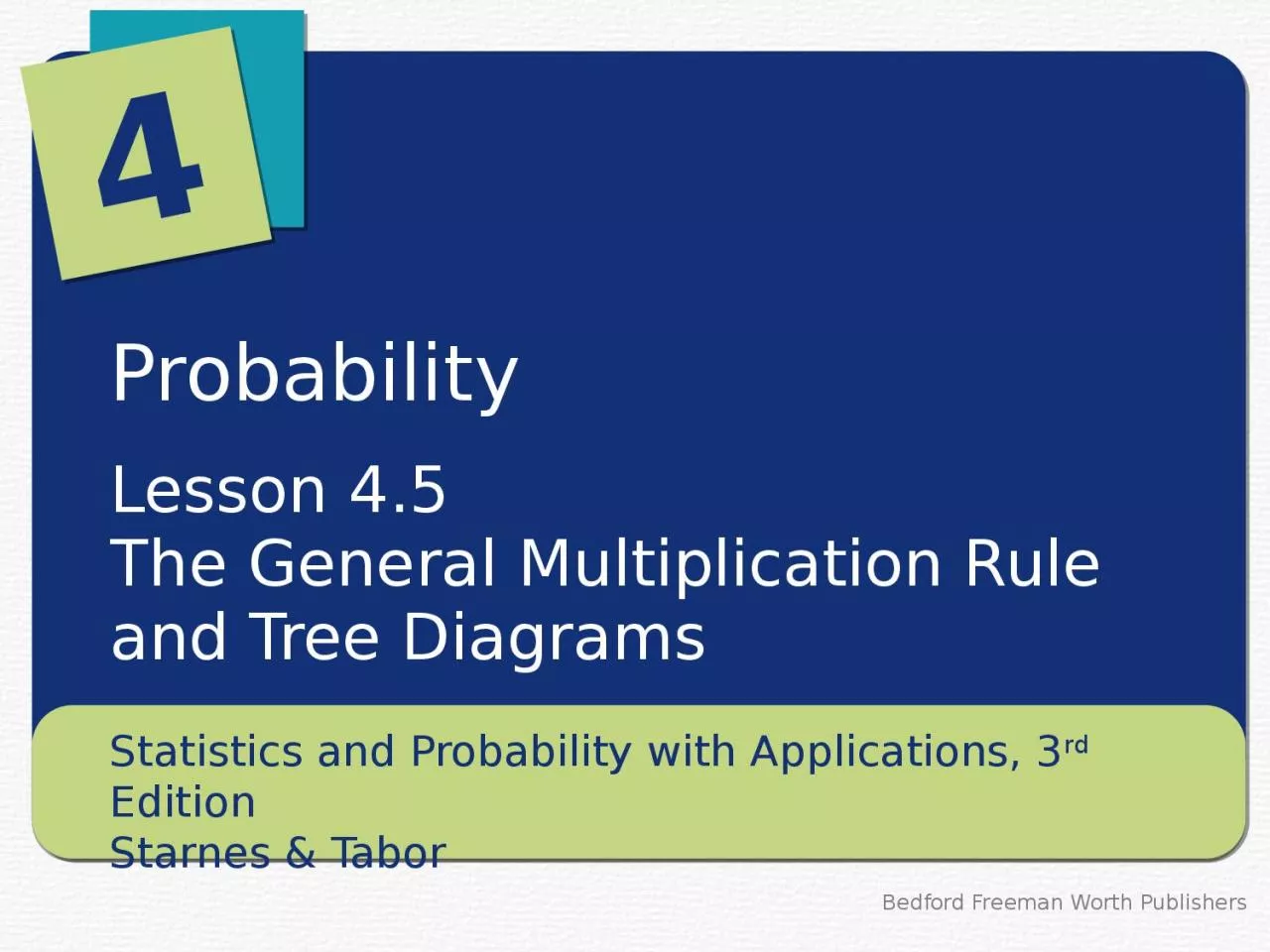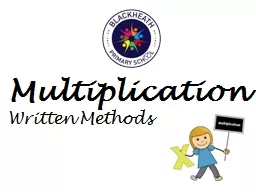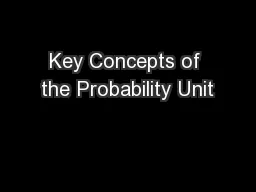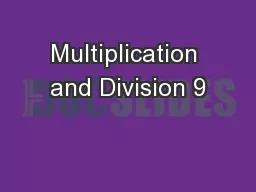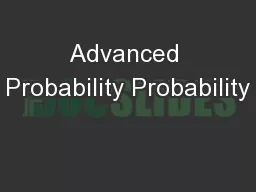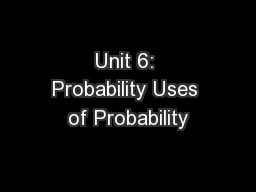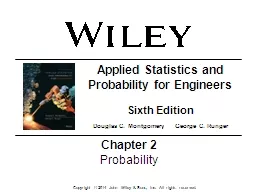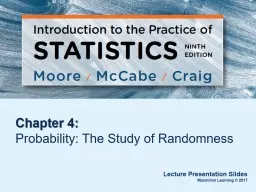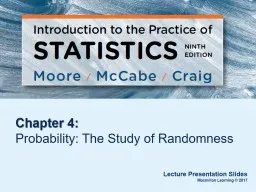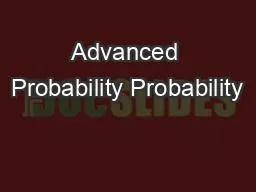PPT-Probability Lesson 4.5 The General Multiplication Rule
Author : FoxyLady | Published Date : 2022-08-04
and Tree Diagrams 4 Use the general multiplication rule to calculate probabilities Use a tree diagram to model a chance process involving a sequence of outcomes
Presentation Embed Code
Download Presentation
Download Presentation The PPT/PDF document "Probability Lesson 4.5 The General Mult..." is the property of its rightful owner. Permission is granted to download and print the materials on this website for personal, non-commercial use only, and to display it on your personal computer provided you do not modify the materials and that you retain all copyright notices contained in the materials. By downloading content from our website, you accept the terms of this agreement.
Probability Lesson 4.5 The General Multiplication Rule: Transcript
Download Rules Of Document
"Probability Lesson 4.5 The General Multiplication Rule"The content belongs to its owner. You may download and print it for personal use, without modification, and keep all copyright notices. By downloading, you agree to these terms.
Related Documents

